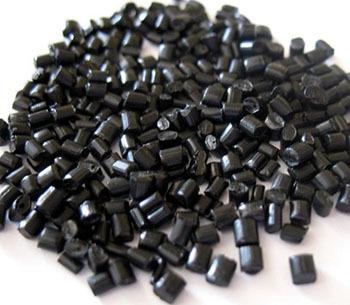How to test the electrical resistivity of conductive plastics?
Many friends at work ask, how is the electrical resistivity of conductive plastics tested? To understand this, we need to first know what definition of resistivity is. Electrical resistivity is a physical quantity used to indicate the electrical resistance characteristics of various substances. The ratio of the product of the resistance and cross-sectional area of a component made of a certain substance (at room temperature of 20 ° C) to its length is called the resistivity of that substance. Resistivity is independent of factors such as the length and cross-sectional area of a conductor. It is the electrical property of the conductor data itself, determined by the conductor data, and is related to temperature. Its international unit is Ω · m.

The formula for calculating the resistivity of conductive plastics is R= ρ L/S, during which ρ It is the resistivity, L is the length of the data, and S is the area. It can be seen that the resistance of data is directly proportional to its length, that is, when the data and cross-sectional area remain constant, the longer the length, the greater the data resistance; and inversely proportional to the cross-sectional area of the data, that is, when the data and cross-sectional area remain constant, the larger the cross-sectional area, the smaller the resistance.
Article source: Taishan conductive mica particles
-
04-11
Taishan conductive PP masterbatch: How to use defoaming masterbatch?
Defoaming masterbatch is suitable for enterprises that use PE and PP recycled plastics for product production. The trace amount of moisture contained in raw materials has a very serious impact on the
-
11-13
Characteristics and uses of conductive masterbatch plastics
Characteristics and uses of conductive masterbatch plastics1、 Characteristics of conductive masterbatch plastics:① Most plastics are lightweight, chemically stable, and will not rust;② Good impact res
-
10-13
What is PP talc powder masterbatch
What is the masterbatch of PP talc powder?PP talc powder masterbatch is a plastic modified filler, mainly composed of talc powder, which is a particle mixed with polymers or other carriers. It is main
-
08-09
Taishan Conductive Cloud Masterbatch Manufacturer Tells You Why to Use Conductive and Anti static Engineering Plastics
1. The fundamental physical properties of static electricity are:(1) Attracting or excluding;(2) There is a potential difference with the earth;(3) Discharge current will occur.These three characteris

